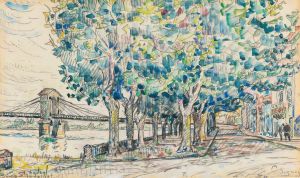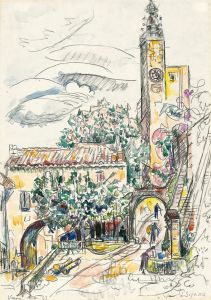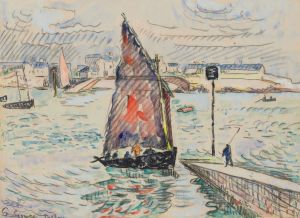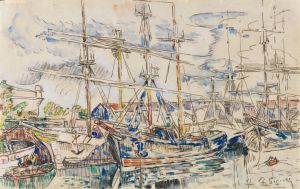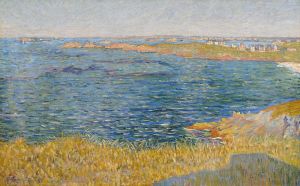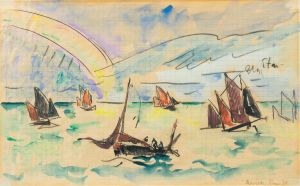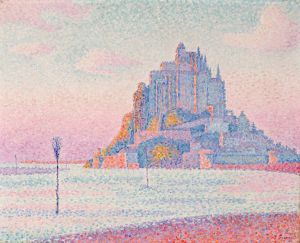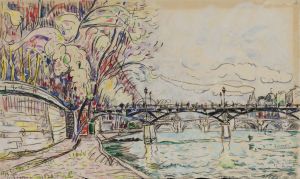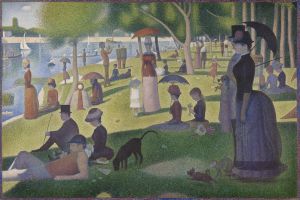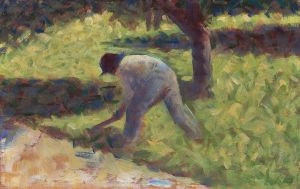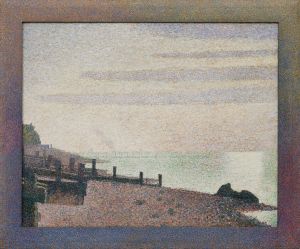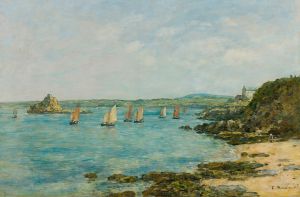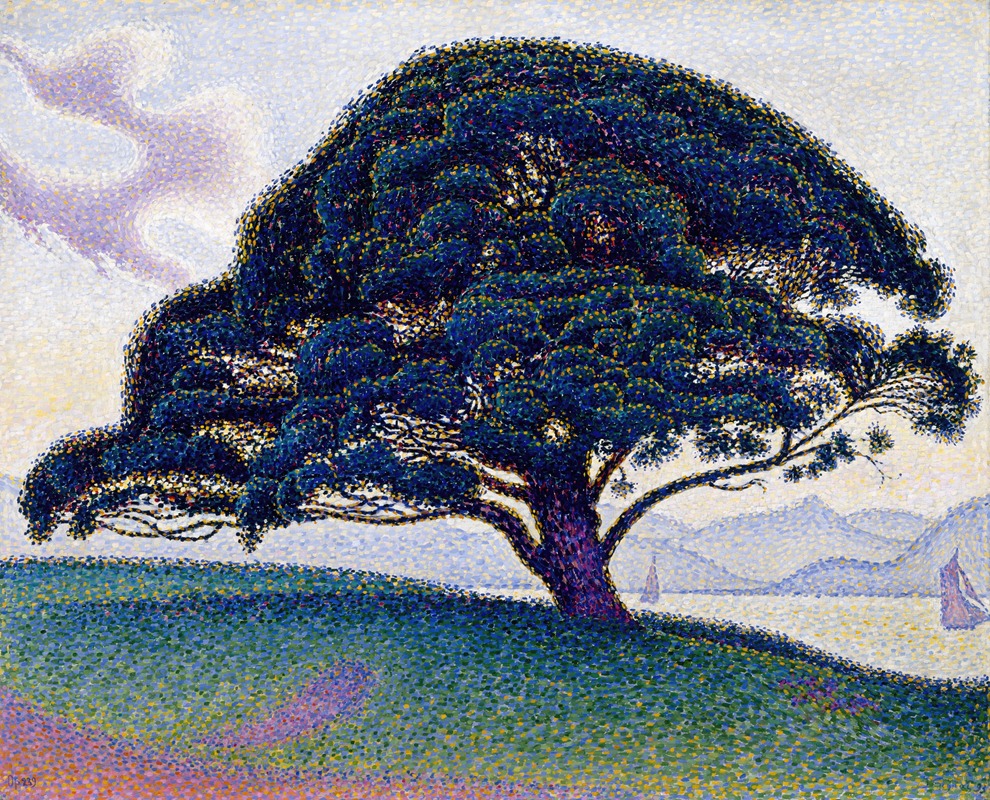
The Bonaventure Pine
A hand-painted replica of Paul Signac’s masterpiece The Bonaventure Pine, meticulously crafted by professional artists to capture the true essence of the original. Each piece is created with museum-quality canvas and rare mineral pigments, carefully painted by experienced artists with delicate brushstrokes and rich, layered colors to perfectly recreate the texture of the original artwork. Unlike machine-printed reproductions, this hand-painted version brings the painting to life, infused with the artist’s emotions and skill in every stroke. Whether for personal collection or home decoration, it instantly elevates the artistic atmosphere of any space.
Paul Signac's painting The Bonaventure Pine is a notable example of his work as a leading figure in the Neo-Impressionist movement. Created in 1893, the painting exemplifies Signac's use of the pointillist technique, a method developed by Georges Seurat and further refined by Signac. This technique involves the application of small, distinct dots of color that, when viewed from a distance, blend together to create a cohesive image. Signac's mastery of this method is evident in The Bonaventure Pine, where he skillfully captures the interplay of light, color, and atmosphere.
The painting depicts a Mediterranean landscape, with a prominent pine tree—likely a stone pine—serving as the central focus. The tree's distinctive umbrella-like canopy is rendered in vibrant greens, contrasting with the warm tones of the surrounding environment. The scene is bathed in sunlight, with the shimmering blues of the sea and sky providing a serene backdrop. This composition reflects Signac's fascination with the natural beauty of the French Riviera, a region he frequently visited and where he eventually settled.
Signac's choice of subject matter and his use of color theory were heavily influenced by his interest in scientific approaches to art. He was inspired by the writings of Michel Eugène Chevreul and Charles Henry, whose studies on color harmony and perception informed the Neo-Impressionist approach. In The Bonaventure Pine, Signac's meticulous application of complementary colors creates a dynamic yet harmonious visual effect, emphasizing the vibrancy of the Mediterranean landscape.
The painting is also significant for its connection to Signac's broader artistic philosophy. As a staunch advocate of Neo-Impressionism, Signac believed in the importance of precision, order, and the scientific study of color in art. He sought to move beyond the spontaneity of Impressionism, aiming instead for a more structured and deliberate approach to painting. The Bonaventure Pine embodies these principles, showcasing Signac's dedication to both technical rigor and aesthetic beauty.
Today, The Bonaventure Pine is recognized as a key work in Signac's oeuvre and a quintessential example of Neo-Impressionist art. It is housed in the Musée d'Orsay in Paris, where it continues to be admired for its innovative technique and its evocative portrayal of the Mediterranean landscape.





